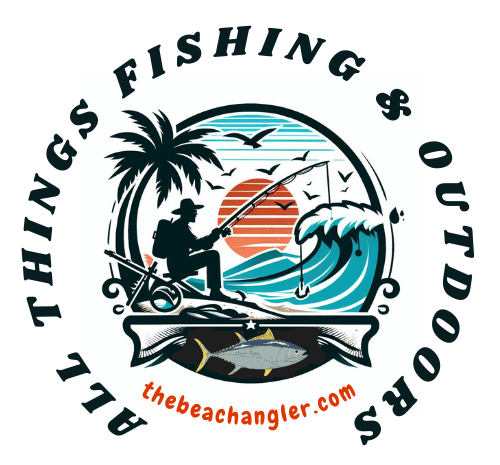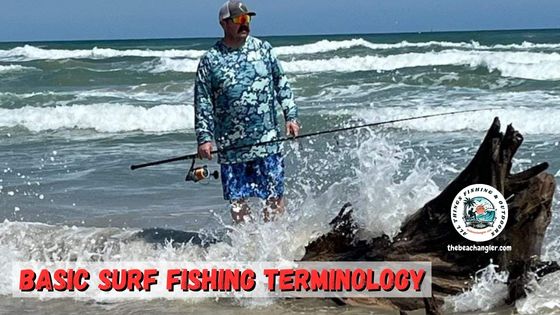Surf fishing is an exciting way to catch fish right from the shoreline, primarily in saltwater. It’s a bit of an art and science, and knowing some basic surf fishing terminology will help you get on the right track. Let’s break down some key terms you’ll encounter.
- What is ‘Surf Fishing?‘ Essentially, this is the sport of saltwater fishing from the shore, casting your line into the breakers. You don’t need a boat; your feet stay firmly planted in the sand while you aim for the fish swimming just beyond the waves.
- ‘Surf Zone’ is where the magic happens. This area is where waves break and usually where you’ll find the most fish. It’s that turbulent water just off the beach where currents mix up food sources, attracting hungry fish.
- ‘Casting’ is pretty straightforward. It’s the act of throwing your bait or lure out into the water. Getting the right distance can make a big difference in hitting prime fishing spots.
- Once you’ve cast your line, you’ll need to ‘Retrieve’ it. This simply means reeling in your line, hopefully with a fish on the end! Mastering different retrieval techniques can help mimic the movement of prey and entice fish to bite.
- Then there’s ‘Bait.’ Bait refers to the natural food you use to attract fish. Common choices include shrimp, squid, and cut pieces of baitfish. It’s essential to match your bait with the local fish diet for the best results.
- Finally, ‘Lure’ is an artificial bait designed to look like prey. These come in various shapes and sizes and can be particularly effective when trying to draw in bigger fish. Lures can be made of plastic, metal, or even wood and often have features like bright colors or moving parts to grab the fish’s attention.
Understanding basic surf fishing terminology will help you get started right on your surf fishing journey. The more familiar you are with the lingo, the more confidently you’ll be able to set up, cast out, and hopefully, reel in some catches.
Common Surf Fishing Equipment Terms
Having the right gear can make all the difference in surf fishing. Knowing the terms for the equipment you’ll use helps you choose wisely and use each piece efficiently.
- A ‘Rod’ is the backbone of your setup. It’s a long, flexible fishing tool you use to cast your bait or lure into the water. Surf rods are usually longer and sturdier than other types because they need to handle the power of ocean waves and long casts.
- Attached to your rod is the ‘Reel.’ This device holds and controls the fishing line. Surf Fishing Reels come in different types, like spinning reels or baitcasting reels, each with its own set of advantages. For beginners, a spinning reel is often a good choice because they’re simpler to use.
- The ‘Line’ is the cord that connects everything. It runs from your reel to your lure or bait. Lines come in different materials like monofilament, braided, or fluorocarbon. Your choice depends on factors like target fish species and water conditions.
- ‘Leader’ is another key term to know. This is a section of stronger line attached between your main line and the hook. Leaders help prevent break-offs from sharp-toothed fish or coral. They can be made of various materials, including wire for especially toothy species.
- Then there’s ‘Terminal Tackle,’ a catch-all term for the various end components of your setup. Hooks, sinkers, swivels, and leaders all fall under this category. Each piece plays a critical role in your fishing setup, ensuring your bait reaches the fish and you can reel them in successfully.
- A ‘Sinker’ is a weight you attach to your line. Its main job is to help your bait stay on the ocean floor, where many fish look for food. Sinkers come in different shapes and sizes, each suited to different fishing conditions and techniques.
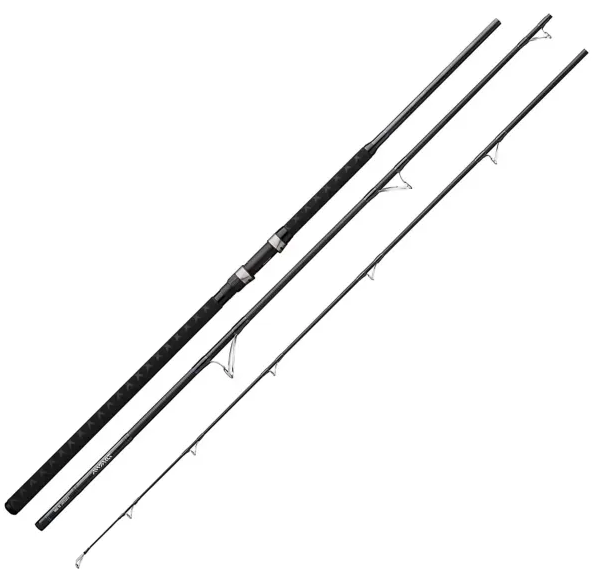
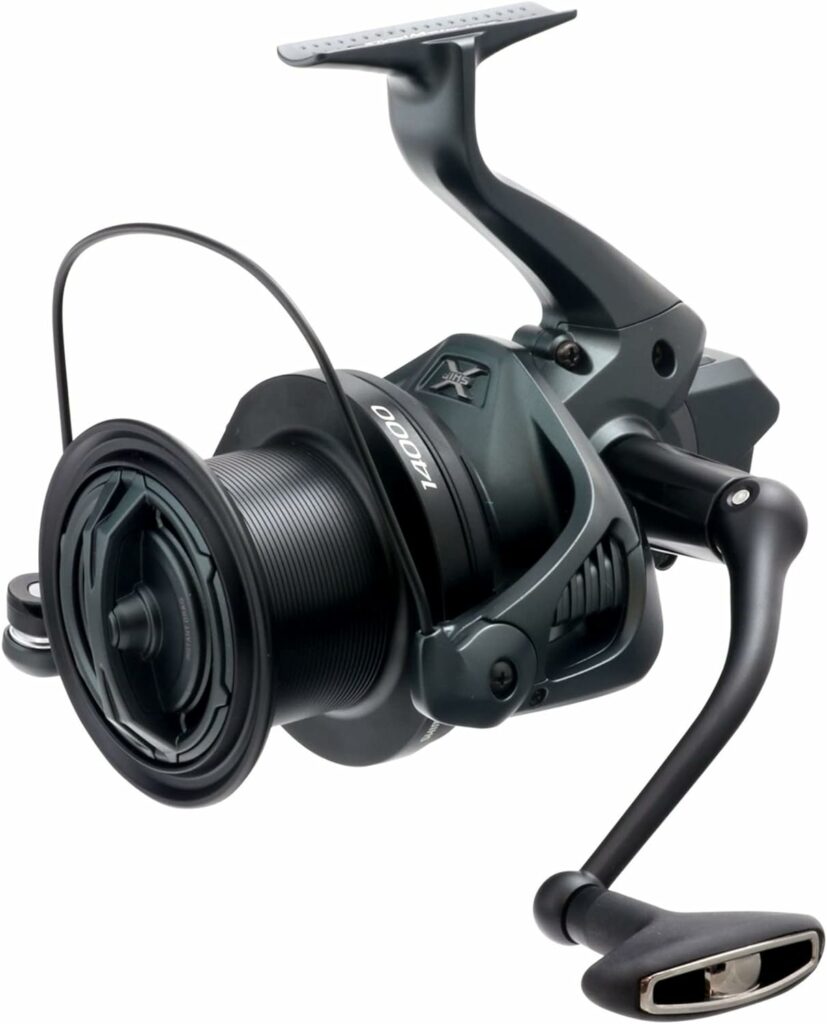
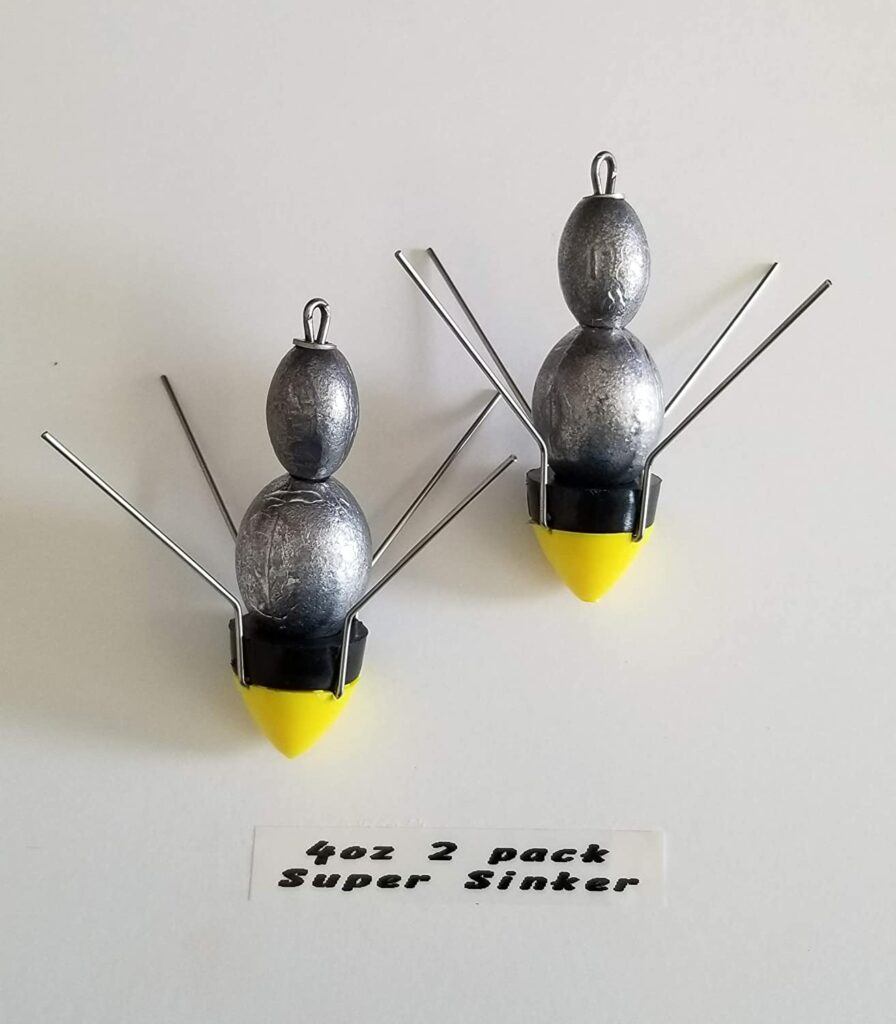
Knowing these equipment terms will make it easier to set up your gear, troubleshoot issues, and enhance your overall surf fishing experience. The right gear, combined with the right know-how, puts you in a great position for success.
Surf Fishing Terminology: Techniques and Methods
Surf fishing offers a variety of techniques that cater to different fish species and conditions. Learning these methods can help improve your chances of landing a catch.
- ‘Bottom Fishing’ is a widely used technique where you let your bait rest on the ocean floor. This approach targets bottom-dwelling species like flounder and croaker. It’s effective because many fish hunt for food close to the seabed.
- ‘Free-Lining’ involves fishing without a sinker. This allows your bait to drift naturally with the current, making it appear more lifelike to fish. It’s especially useful in calmer waters where you want your bait to move freely.
- ‘Surf Casting’ is about throwing your bait or lure far into the surf zone. Reaching deeper waters can help you target larger fish that stay further from the shore. Mastering your casting distance is key here.
- ‘Wade Fishing’ lets you get closer to the action. By standing in shallow waters, you can cast beyond the surf zone. This technique often helps you reach fish that are out of range from the shore.
- ‘Chunking’ involves using large pieces of cut bait to attract bigger predator fish like sharks or striped bass. Chunking can be particularly effective in waters where large predators are known to patrol.
Each of these techniques has its own set of benefits and challenges. Experimenting with different methods can help you find what works best for the species you’re targeting and the specific conditions you’re fishing in. Mastering these techniques will elevate your surf fishing game.
Surf Fishing Terminology: Locations and Conditions
Choosing the right location and understanding the conditions can dramatically improve your surf fishing success. Knowing where to cast your line isn’t just luck—it’s about reading the environment and knowing how to find the hotspots.
- ‘Breakers’ are often the first indicators of the surf zone. These are waves that break over shallow areas of sandbars, stirring up food and attracting fish. Casting your line near breakers can yield good results.
- Next is the ‘Trough.’ This is a deeper section of water between the shore and a sandbar. Fish frequently gather here to feed, making it a prime fishing spot. Look for darker water that signifies depth; this is usually a good indicator of a trough.
- The ‘Sandbar’ itself can also be a productive area. This raised underwater ridge disrupts currents, creating feeding grounds for fish. Casting near a sandbar, especially during high tide, can be very effective.
- A ‘Rip Current’ or suck out, might seem dangerous, but it’s also a fish magnet. These fast-moving currents carry baitfish out to sea, attracting larger predator fish. If you spot a rip current, it can be a great place to cast your line—just be cautious and aware of your surroundings for safety.
- Tides play a significant role in surf fishing. ‘High Tide’ and ‘Low Tide’ can influence fish movement and feeding patterns. Fish are often more active during the changing tides, making these times ideal for fishing. Observing the tide schedule can help you plan your fishing trips more effectively.
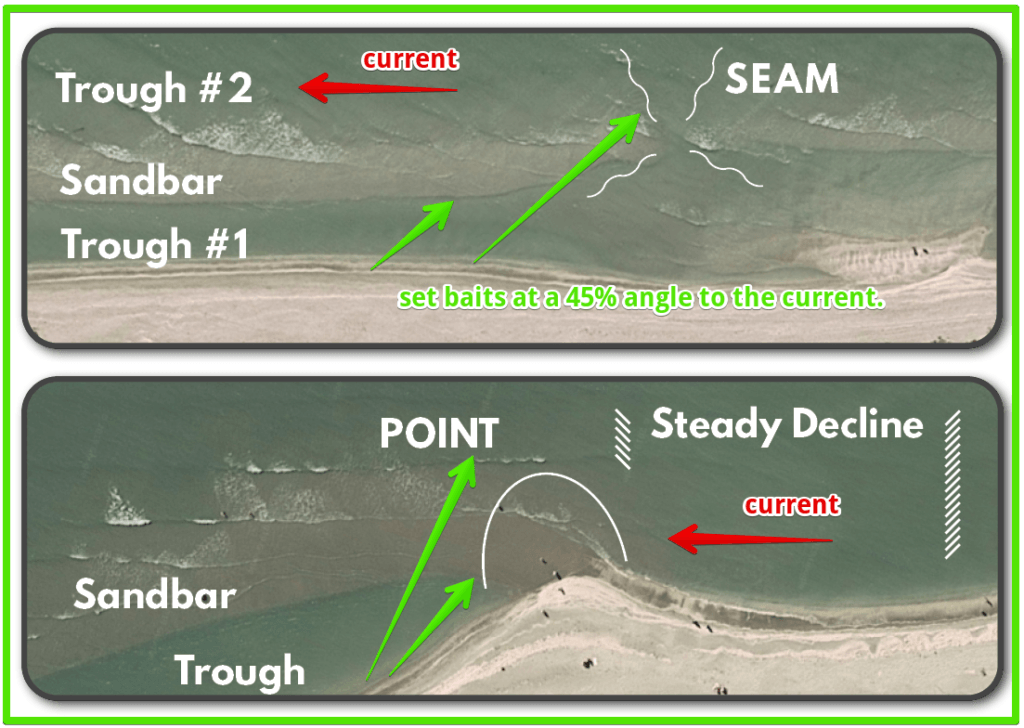
Understanding these locations and conditions helps you read the beach better and position yourself in the most promising spots. The more you practice recognizing these features, the more intuitive it will become.
Fish Species and Behavior Terminology
Understanding the fish you are targeting can make all the difference in surf fishing. Knowing their habits, preferences, and behaviors allows you to choose the right bait, tackle, and techniques.
- ‘Game Fish’ are the prize catches for many anglers. These species, like redfish, striped bass, and bluefish, are known for their fighting ability and size. Knowing where these fish tend to congregate and their feeding patterns can increase your odds of a successful catch.
- ‘Predator Fish’ are the hunters of the sea, preying on smaller fish. These are often the targets in surf fishing because they are more likely to go after your bait or lure. Species like sharks, mackerel, and tarpon fall into this category.
- ‘Baitfish’ are the small fish used to attract larger predators. Common baitfish include mullet and menhaden. Recognizing baitfish activity, like jumping or swirling schools, can indicate the presence of predator fish nearby.
- ‘Schooling’ refers to the behavior of fish swimming in groups. When you spot fish schooling, it’s usually a good sign that predators are nearby. Casting into or near a school can lead to multiple catches in a short amount of time.
- The term ‘Strike’ is used when a fish bites or attempts to eat your bait or lure. Recognizing the signs of a strike and reacting quickly is crucial for hooking the fish. Different species have different strike patterns, so knowing these can help you anticipate and respond effectively.
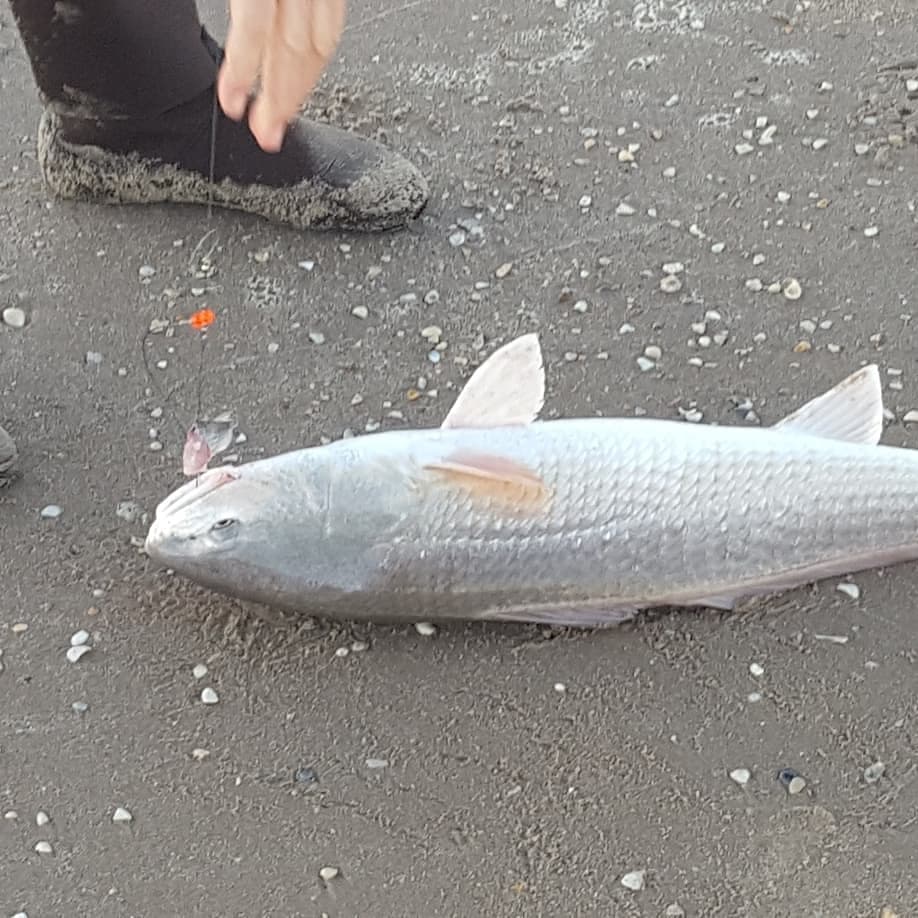
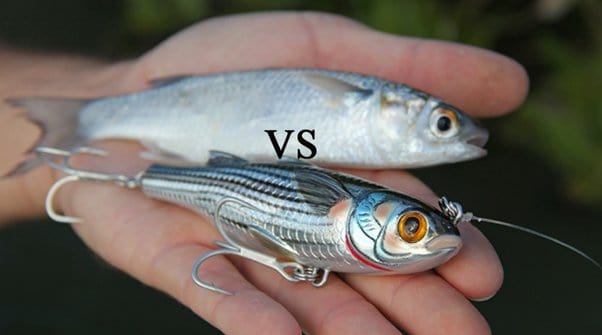
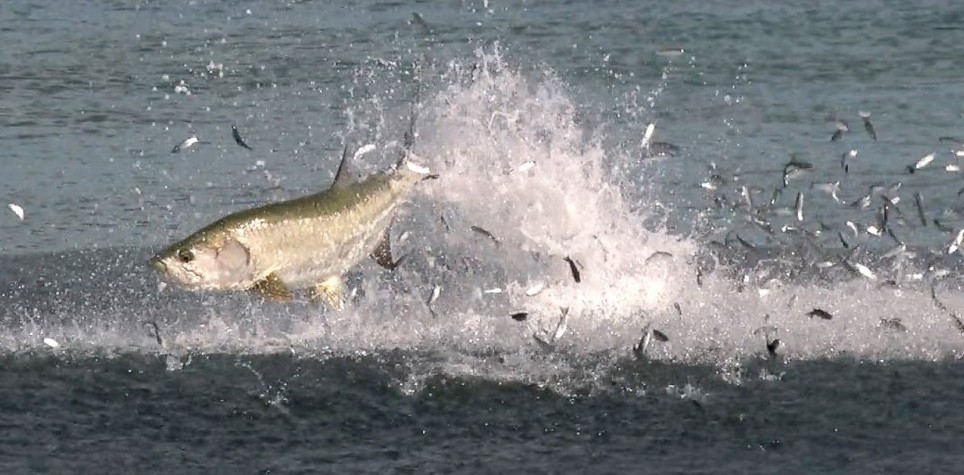
Understanding these terms and behaviors gives you the upper hand in surf fishing. You’ll be better equipped to select the right gear and techniques tailored to the species you’re aiming to catch.
Fishing Regulations and Best Practices
Keeping up with fishing regulations and following best practices isn’t just about legality—it’s about conservation and respect for the environment. Knowing the rules helps ensure sustainable fishing for future generations.
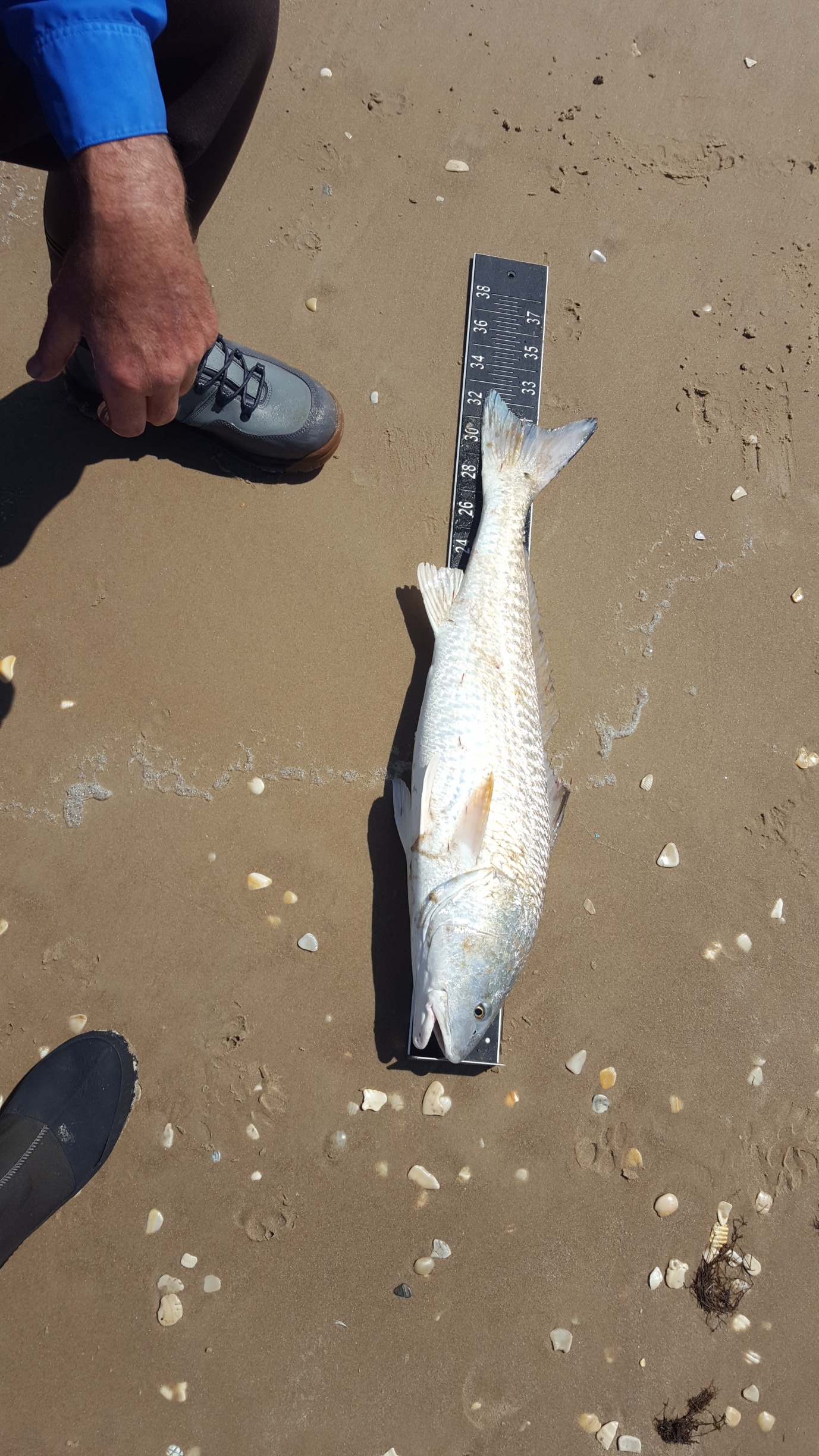
- ‘Catch and Release’ is a common practice aimed at preserving fish populations. After catching a fish, you carefully unhook it and return it to the water. This approach is vital for maintaining fish stocks, especially when targeting species that are overfished or have size restrictions. Handle the fish gently and quickly to improve its chances of survival.
- A ‘Bag Limit’ is the legal limit on the number of fish you can catch and keep in a day. These limits vary depending on the species and location. Always check local regulations to avoid fines and to contribute to conservation efforts.
- ‘Size Limits’ set the minimum or maximum size of fish you’re allowed to keep. Keeping undersized or oversized fish can disrupt breeding cycles and negatively impact the fish population. Using a measuring tape and knowing the limits ensures you only keep legal catches.
- Some areas enforce a ‘Slot Limit,’ which specifies a range of sizes that are legal to keep. This regulation is designed to protect certain age classes of fish, ensuring that both younger and older fish contribute to the ecosystem.
- ‘Conservation’ encompasses all practices aimed at protecting fish species and their habitats. This could mean participating in beach clean-ups, using eco-friendly tackle, or advocating for sustainable fishing practices.
Following these regulations and incorporating best practices into your routine makes you a responsible angler. It’s all about respecting the environment and ensuring that surf fishing remains enjoyable for years to come.
Now Let’s Go Surf Fishin’
Understanding surf fishing terminology lays the groundwork for a more successful and enjoyable fishing experience. From recognizing key areas like the surf zone, trough, and rip to mastering techniques such as bottom fishing and chunking, every bit of knowledge adds to your expertise.
Familiarizing yourself with equipment terms like rod, reel, and leader ensures you’re using the right tools for the job. Equally important is knowing how to interpret fish behaviors and species identification, helping you target and catch more fish.
Observing fishing regulations and practicing catch and release not only keeps you within the law but also plays a crucial role in conservation. Being informed about bag limits, size limits, and slot limits ensures that you’re fishing responsibly, sustainably, and legally.
With this foundational knowledge, you’re ready to explore more tips and tricks to enhance your surf fishing adventures. For a deeper dive into surf fishing and additional resources, here at *thebeachangler.com* be sure to check out our Surf Fishing FAQ page, and continue your journey toward becoming a skilled angler.
As always, stay safe, enjoy the journey and please try to leave it cleaner than you found it. If you have any comments, questions, ideas, or suggestions please leave them in the comment section below and I’ll get back to you ASAP. You can follow us on Facebook: Rex The Beach Angler, Instagram: thebeachangler7, Twitter: @AnglerBeach, and YouTube: Man Art Creations.
Be Sure to Check Out Our Most Recent Articles:
- 8 Key Features of the Daiwa Certate SW Saltwater Spinning Reel
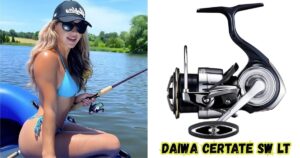
- 17 Emerging Trends In Saltwater Kayak Fishing
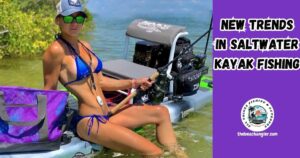
- The Foreverlast Tackle Harness
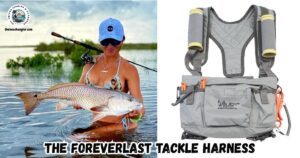
- Tips For Fishing In Different Weather Conditions
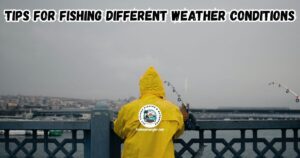
- 5 Revolutionary Features of the Minn Kota Riptide Instinct Quest Series Trolling Motor

- 5 Features The Z-Man HerculeZ Swimbait
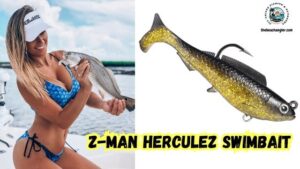
P.S. – Thanks so much for checking out our blog we really appreciate it. Just so you know, we may receive a commission if you click on some of the links that appear on our site. This helps us keep our content free and up-to-date for everyone. We appreciate your support!
